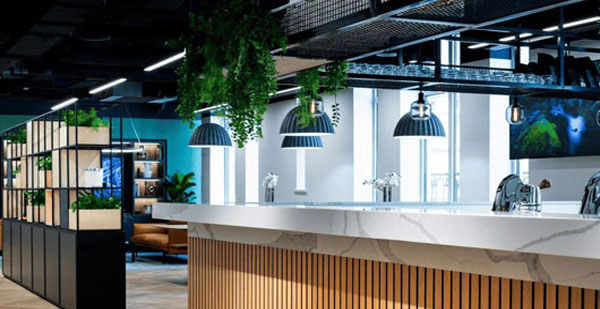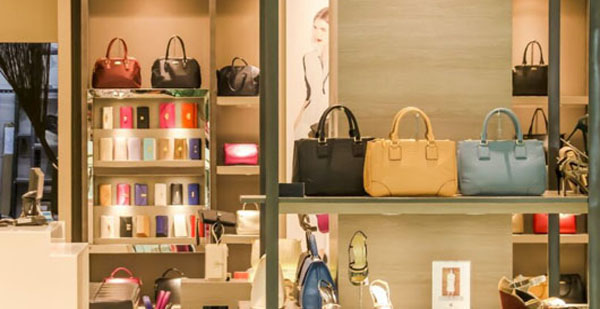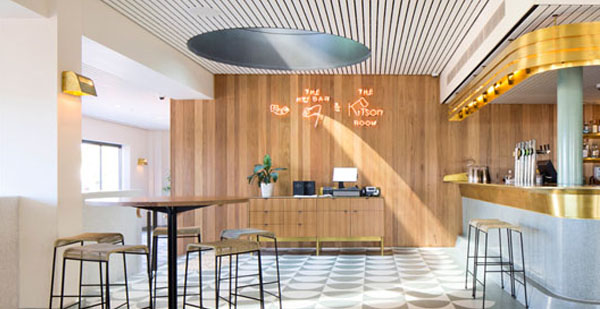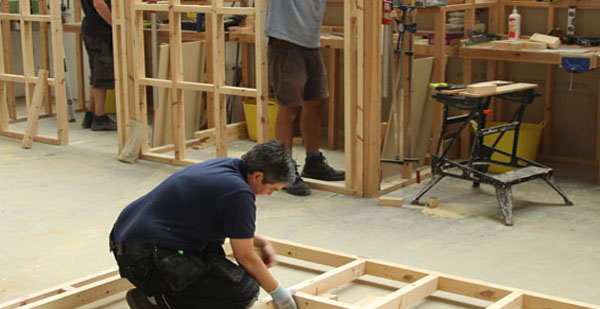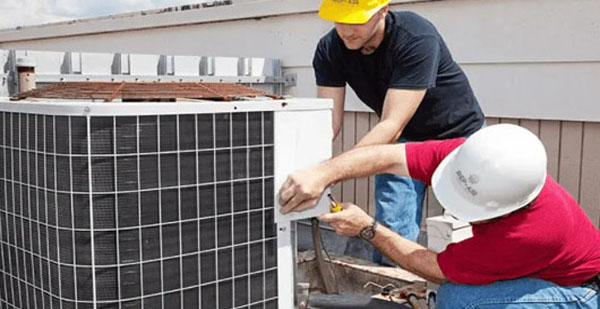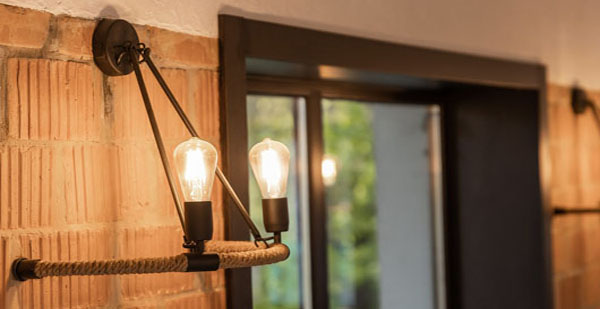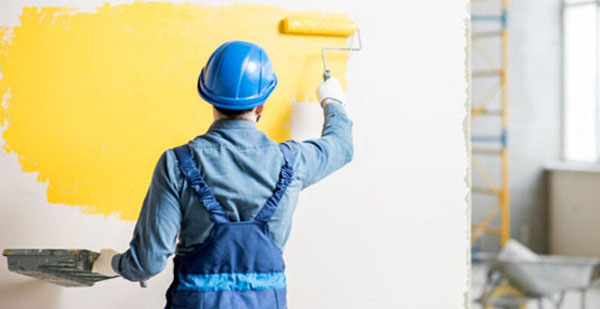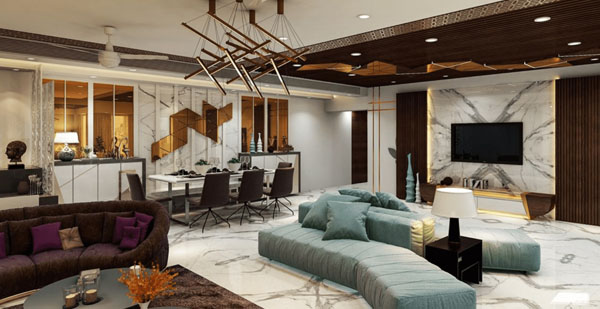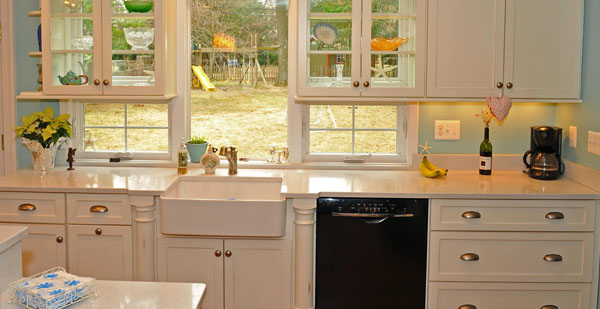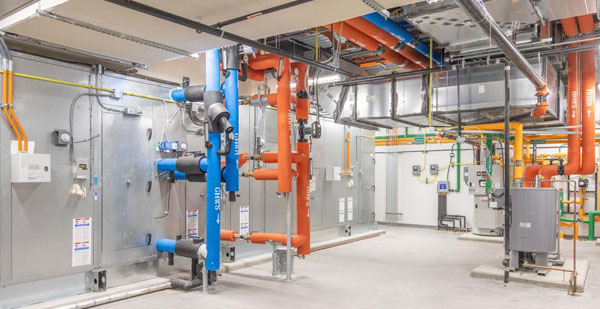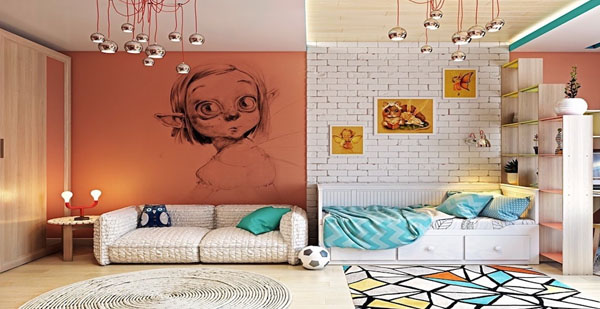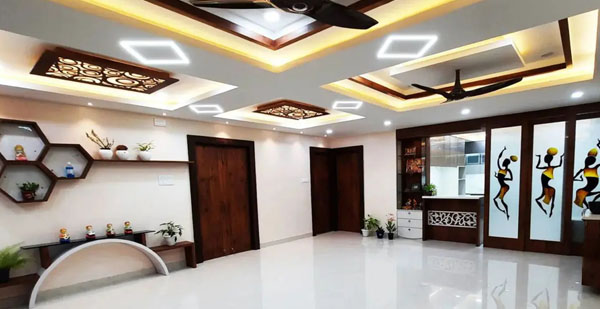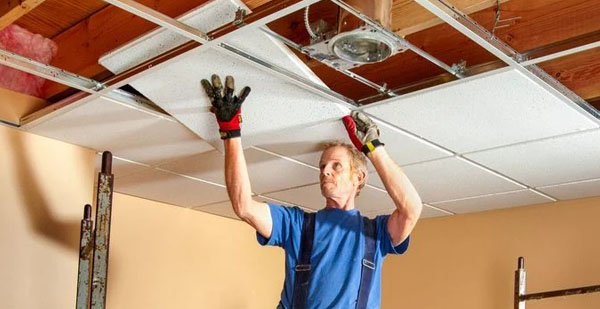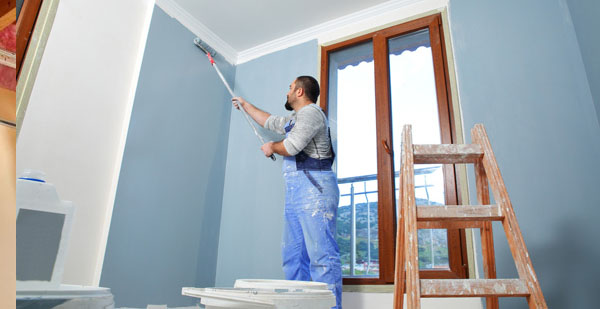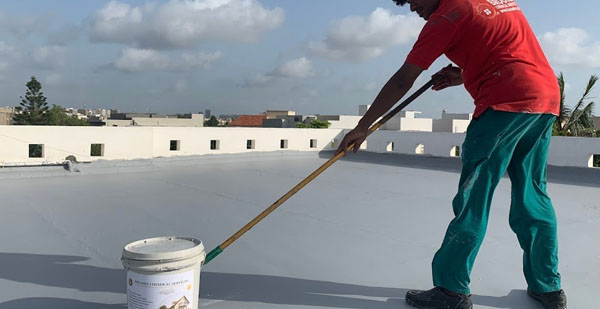Fit-Out Services
Fit-out services encompass the comprehensive customization and preparation of a space, typically a commercial interior, to meet a specific client's needs, including everything from basic infrastructure to furnishings and decor.
Core Elements of Fit-Out Services :
- Interior Finishes: This involves selecting and installing flooring, ceilings, walls, and other surface treatments.
- Partitioning & Space Planning: Creating functional layouts and dividing spaces with walls, screens, or other partitions.
- Building Services: This includes cabling, wiring, internet connectivity.
- Security and Fire Safety: Installing fire detection and protection systems, security systems, and other safety measures.


